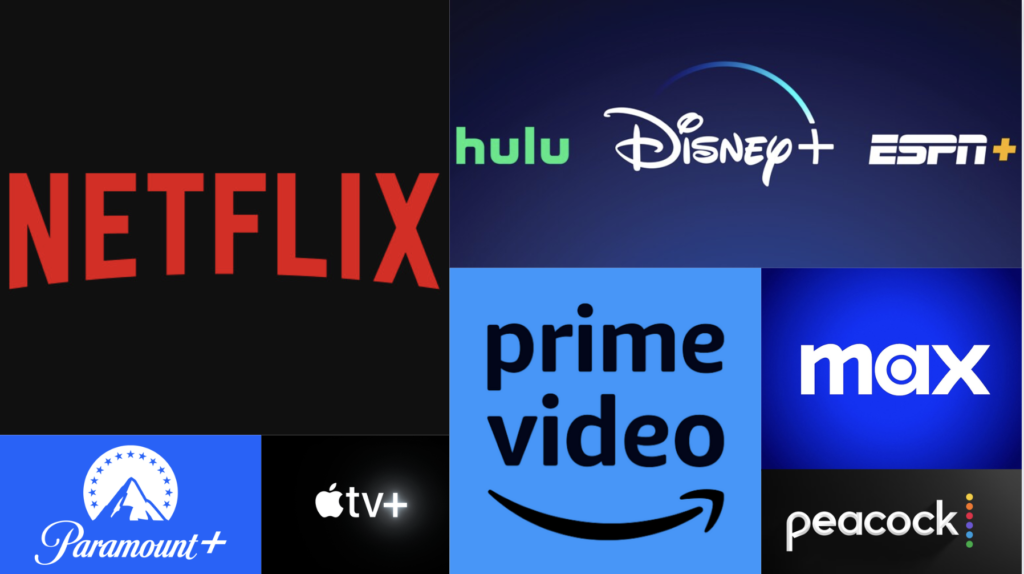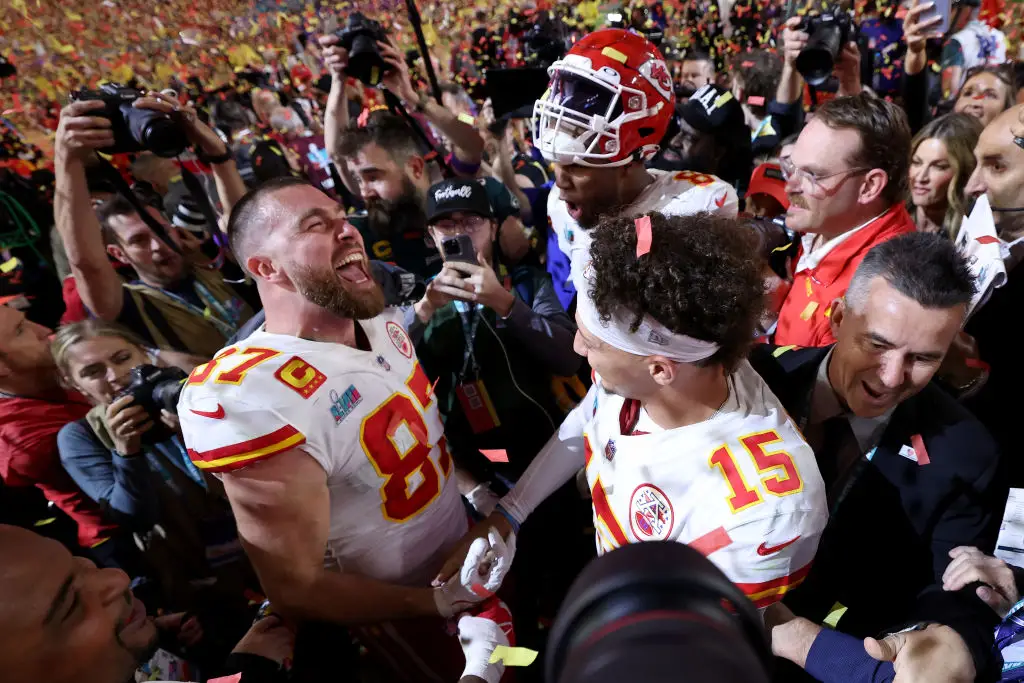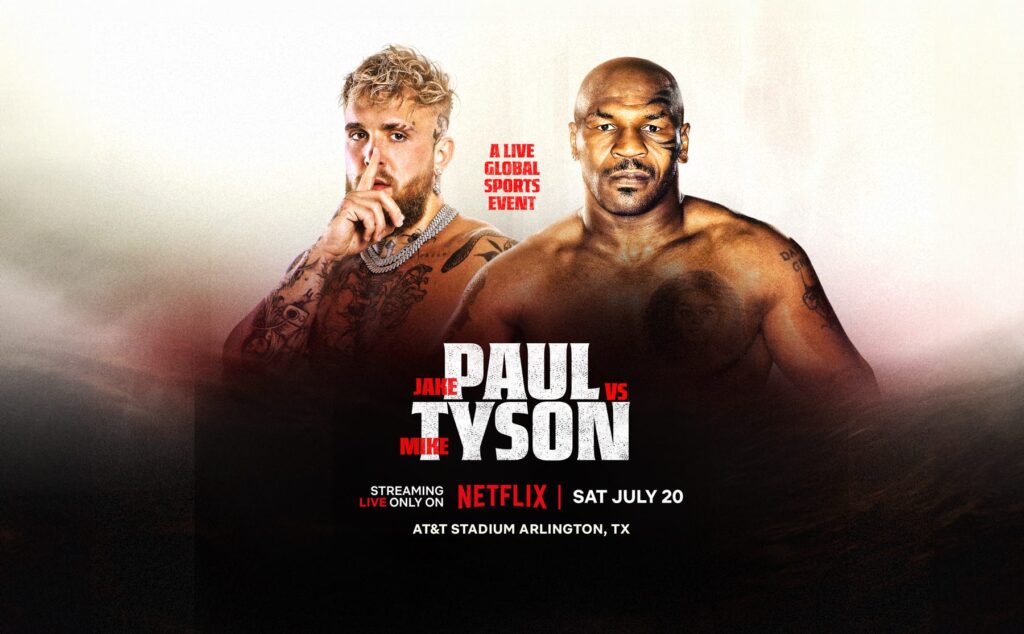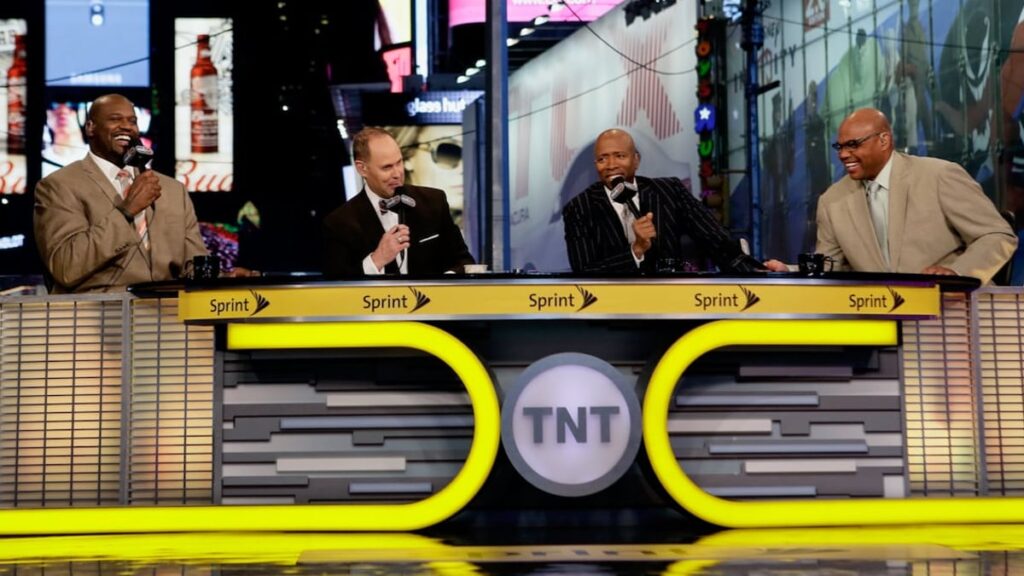The Acquisition of Sports Will Make or Break Streaming Services
The streamers will once again continue their battle for relevancy—they have set their eyes on sports—which could mean life or death based on the outcome of this war.
The streamers will once again continue their battle for relevancy—they have set their eyes on sports—which could mean life or death based on the outcome of this war.

From the 1950s all the way to the 2010s, television dominated the way people received the news, watched shows, movies, sports, etc. Cable TV was invented in 1948 in Pennsylvania, and it took the whole world by storm. Country by country, it revolutionized the way people watched TV.
There was no real competitor in that market because cable provided the necessary entertainment that no other media could provide. Cable provided channels in an evolving format that had everything someone ever needed to keep themselves entertained. It had news, sports, TV shows, films, cooking shows, kids’ shows, game shows, local channels, and so much more. It was entertainment for the whole family at an affordable price. What could beat that?
Nothing. For a long time at least. A lot of people believe that streaming conquered the market, defeating cable, but the truth is that cable has become its own worst enemy. It beat itself as it faltered to become less and less affordable while innovation stagnated.
The Rise of Streaming
Streaming was just the entity that these corporations realized could power the next step in that innovation, as the love for cable was perishing. Initially, the offerings were flush for a low price, but today, that story is old news as streaming prices are skyrocketing.
Today, paid streaming services like Netflix, Disney+, and Max mostly offer what cable did through film, TV shows, game shows, cooking shows, etc. What streaming lacks is the market for news and sports. Conversely, cable is holding on to news and sports for dear life, knowing if it loses those, it will be rendered useless. According to a poll by CableTV, nearly 49% of people say that they keep cable because of sports, live events, and news.
For streamers, news isn’t and shouldn’t be a priority in today’s day and age, when most news goes straight to free social media. Most of these news channels upload nearly all their material onto YouTube for free after it airs. There is no real market for streaming to spend money on in order to compete. This is the biggest reason why CNN+ died faster than it started, and not a single person can tell you what Fox Nation is.
The Market For Sports

Sports? Now, that’s the future of streaming. That’s the market that will decide the streaming wars. Unlike news, the appeal of sports is the thrill of watching them live, and luckily for cable, they have exclusive rights to that appeal in most sports. Most full games that air on cable for the NBA or NFL aren’t on YouTube for free—they air on cable, and then that’s it. They may go on to NBA League Pass or NFL+ a few days later, but the appeal is gone because it isn’t live anymore.
Slowly but surely, that exclusivity window is going to end as streamers will soon make massive offers for the rights to broadcast these sports. In fact, some NFL games already have.
The NFL playoffs are the biggest sporting event in America, which is exactly why airing a single playoff game boosted Peacock’s subscriber count. Peacock reportedly gained 2.8 million subscribers for this single game, which had 23 million viewers. For reference: Peacock has 34 million paid subscribers, so nearly 68% of subscribers watched this game.
Subscription Cycling
If these streamers can get more games from various different sports and air them regularly, it’ll be how they slither market share away from the others. Streaming is getting expensive, and there are multiple major streaming services, which means that a lot of people cycle through streaming services. One month they subscribe and consume the content they want, then they cancel and move on to the next and do the same. Max for one month, then Disney+ the next, then Hulu, then Netflix, and so on and so forth.
A way for streamers to mitigate this is through sports. Sports usually have long seasons. The NBA and NHL seasons go from October all the way until June. The NFL goes from September to February. The MLB goes from March to November. These lengthy seasons can both gain subscribers and keep them subscribed.
Sports may end up being paramount for the survival of some of these streamers. It can truly make or break them. Netflix is the only one truly safe in this war. The streaming wars feel like Netflix is the enormous beanstalk, and the rest of the streamers are Jack, trying to gain any advantage they can.
Which is exactly what led Netflix down a different route. They bought the exclusive rights to broadcast WWE Raw beginning in January 2025. They’re experimenting with their offerings, as they will also globally stream a fight between influencer boxer Jake Paul and ‘The Baddest Man on the Planet’ Mike Tyson.

The Race For NBA Rights
The NBA’s last media deal is finally coming to an end. The NBA has never aired a single game on streaming, but that may change very quickly. The NBA rights are like an inferno that is attracting all the moths to the flame. Amazon Prime Video has reportedly struck a deal to broadcast some NBA games alongside ESPN and ABC, who will both keep the games on cable while Amazon will air games on its streaming service.
TNT and NBC are fighting for the final spot left in that deal. NBCUniversal is reportedly willing to pay a whopping average of $2.5 billion a year to air a package of NBA games. The package would likely include playoff and regular season games on both NBC and Peacock carrying multiple primetime games a week. As TNT was a part of the previous media deal, they reserve the right to match any offer made by NBCUniversal.
Amazon Prime Video is looking to air these games globally, while cable rights are purely local. This means that anyone around the world subscribed to Amazon Prime Video could watch these games with a click of a button. This was not the case previously, as you had to hope it was being aired in your country or buy the NBA League Pass. While basketball is massive in America, it is nearly just as massive globally.

A Market Ready For Takeover
This is just the surface. There’s a big four in American sports, but beyond that, there’s the biggest sport in the world, football, which has a multitude of leagues that have a purely global audience. Apple TV+ owns the exclusive rights to broadcast Major League Soccer matches, but no streamer owns the rights to the Premier League or La Liga globally.
Broadcasting games around the world on streaming for both the NBA and global leagues like it would be a game-changer. The market is ripe for the taking. Racing, cricket, golf, tennis, baseball, hockey, boxing, rugby, and so much more are sizable markets that could all be desirable for these streamers.
A potential issue still may be the capital required to buy the rights to air games for these sports. Each sport will vary in cost, but one thing will likely be constant—we, the consumers, will be the ones paying extra as they continue to hike up their prices. Nothing is stopping streaming from becoming another cable-like system that simply becomes too expensive and stops innovating.
It’s hard to tell what the future holds for both streaming and the streamers themselves, but I know one thing for sure: the streaming deals for sports will alter everything. The streamer that can collect as many of these infinity stones to add to their gauntlet will likely be the streamer that is inevitable in the end.
Thanks for reading! If you’d like more articles like this, be sure to check out our socials and check out some of our other articles here at Feature First.













